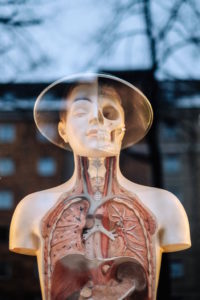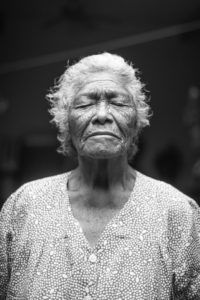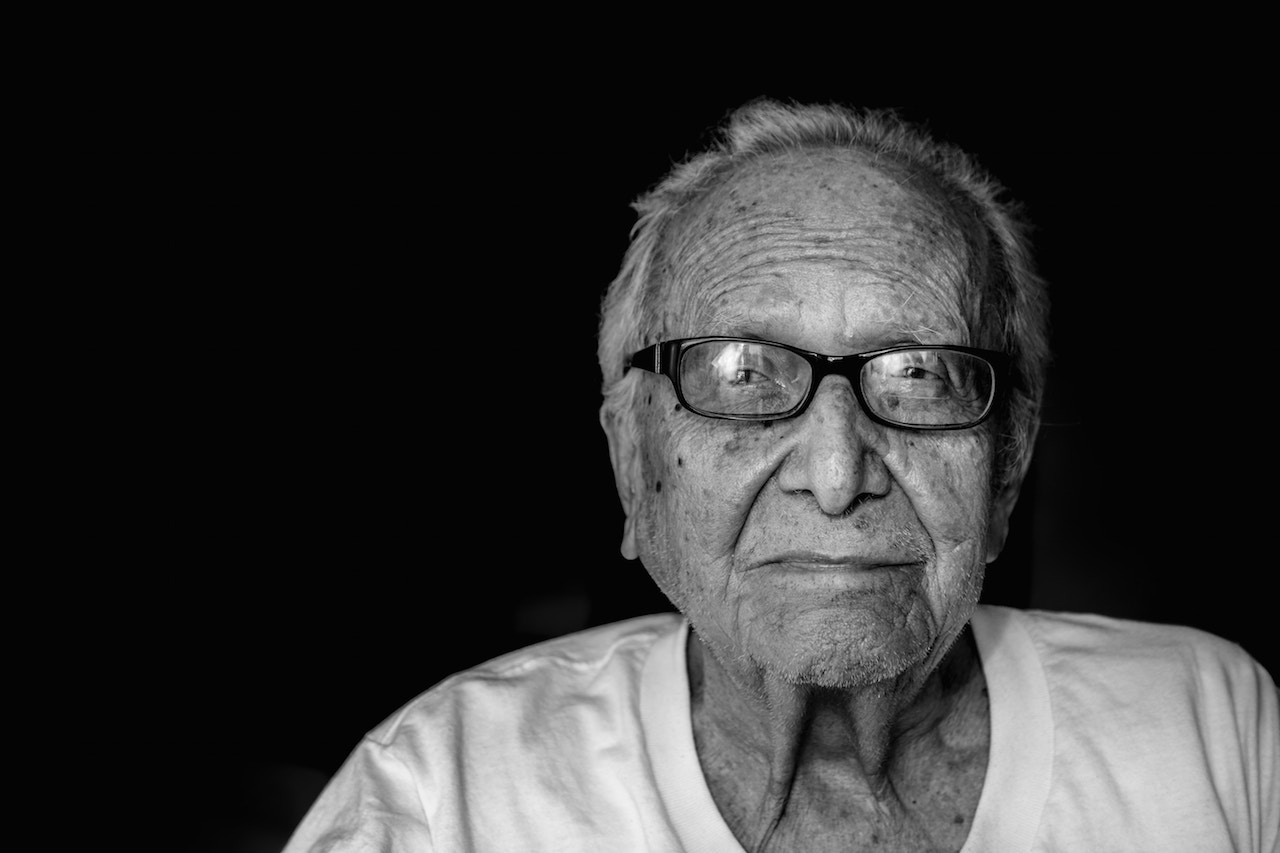The 4C charge nurses crack me up. Like a pair of loud mother hens, they cluck and cackle, quick and loud, holding back nothing to care for their aging brood. Yelling back and forth to each other down the long hall, they are a high-decibel combo of sideline coach and obnoxious parent.
This wing of Cedar Haven, our county nursing home, is high-energy, fast-moving, full of suggestions. The desk stacked with waiting charts and the long shiny hallway of white heads in wheelchairs is a silent backdrop to these two full-throated, opinionated voices. They take turns throwing out orders like a pitching machine tossing sliders and fastballs.
![]() A deep protective devotion to their residents holds these two young mothers here, enduring losing skirmishes with administration. Though both LPNs do battle for all their charges, they take special care of the crotchety old men, the crankier the better. Affectionate terms of endearment (“Hey there, Snookems!”) are applied even to the ones who routinely bellow expletives and pinch those who carelessly come too close.
A deep protective devotion to their residents holds these two young mothers here, enduring losing skirmishes with administration. Though both LPNs do battle for all their charges, they take special care of the crotchety old men, the crankier the better. Affectionate terms of endearment (“Hey there, Snookems!”) are applied even to the ones who routinely bellow expletives and pinch those who carelessly come too close.
Sometimes I wonder why I work. I clearly felt God’s call into medicine, and I love science and people. I love to understand the ways things work. The human body is truly a fascinating masterpiece.  Yet, my thoughts scatter and dodge. I am forever reigning them in to give careful attention to the task. What should I do about this sodium level? Could his anti-depressant dose be dropped safely? Which drug is decreasing her white count? Might an autoimmune disease or splenic sequestration be contributing? Where is that lab result that should have been on the chart by now? What can I help and how can I keep from hurting? In the background, adding further distraction to an already buzzing brain, aides push residents to therapy, to whirlpools, to the toilet; chair and bed alarms sound; overhead announcements break in with the date, the weather, and words of wisdom for today.
Yet, my thoughts scatter and dodge. I am forever reigning them in to give careful attention to the task. What should I do about this sodium level? Could his anti-depressant dose be dropped safely? Which drug is decreasing her white count? Might an autoimmune disease or splenic sequestration be contributing? Where is that lab result that should have been on the chart by now? What can I help and how can I keep from hurting? In the background, adding further distraction to an already buzzing brain, aides push residents to therapy, to whirlpools, to the toilet; chair and bed alarms sound; overhead announcements break in with the date, the weather, and words of wisdom for today.
Lately, too, I have been struggling with wondering what lasts. Of what eternal value is my daily struggle to prolong life and to lessen pain? I hear a familiar voice in my mind, “You know, pastors are the ones who really make a difference. The lives they affect are eternal. The pain they address actually bears fruit.”
I know my doctor’s wages help pay for college and weddings. I know the love I feel for the staff and residents shows up in my words, my laughter, the many times my hand somehow ends up on someone’s shoulder. I know too the incredible value of the Incarnation, of human flesh inhabited by God. But should I move on to a better way, a way of the spirit? Should I move on from caring for what is limited by time and matter to tending what lasts forever?
For days, I have been struggling with these thoughts. My prayer life has been full of these questions. But for now, I must concentrate. I smile and shake my head at these crazy, busy 4C nurses and purposefully head into a resident’s room.
Out of the blue, while I am still coming to a slowing stop at the side of one of these beloved old ladies, something happens. The resident sits turned to the side in her wheelchair in the middle of a four-bed room. Her head is down, bowed temporarily by fatigue and permanently by the dowager’s hump of osteoporotic bone. Looking at her, right before I reach for her, I strongly sense something between us.
A radiance fills the space between us. Just two feet in diameter, the opening feels infinitely broad. The space between us shimmers–not in my eyes with light, not on my skin with warmth. No sound. Just a vast yet intimate place. Holy ground. Holy ground shimmers between us. Timelessly.
I hesitate to enter. To move, to limit this moment. Yet the space draws me in and envelopes us both, skin to skin, spirit to spirit. Love made flesh once again.


